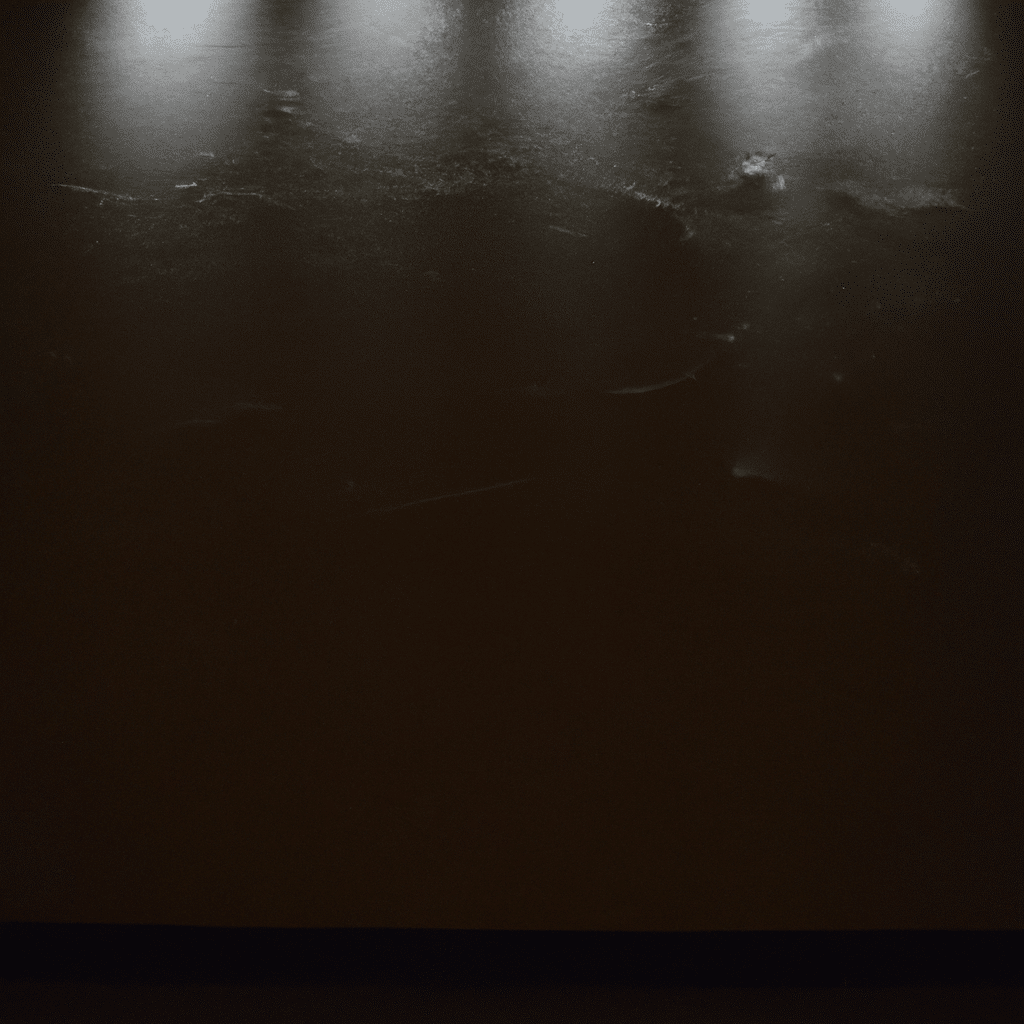In today’s digital age, more and more people are working from home, creating a need for comfortable and productive home office spaces. One often overlooked aspect of creating an ideal workspace is lighting. Poor lighting can lead to eye strain, fatigue, and decreased productivity. In this article, we will explore lesser-known lighting tips that can help you create a comfortable and productive home office environment. With these tips, you can say goodbye to eye strain and enhance your overall work experience.
The Importance of Proper Lighting in a Home Office
Before diving into the tips, let’s first understand why proper lighting is crucial in a home office. Lighting plays a significant role in our overall well-being and productivity. Insufficient or harsh lighting can strain our eyes, cause headaches, and negatively affect our mood. On the other hand, well-planned lighting can enhance focus, reduce eye fatigue, and create a positive working atmosphere.
Tip 1: Natural Light is Key
When setting up your home office, try to position your desk near a window to maximize natural light. Natural light is not only easy on the eyes but also provides a range of health benefits. Exposure to natural light helps regulate our body’s internal clock, leading to improved sleep patterns and increased alertness during the day. Additionally, natural light provides a sense of connection with the outdoors, promoting a calming and refreshing environment.
Tip 2: Optimize Task Lighting
While natural light is essential, it may not always be sufficient, especially during darker hours or in spaces with limited windows. This is where task lighting comes into play. Task lighting refers to additional light sources specifically designed to illuminate your work area. Consider investing in a desk lamp or adjustable LED light that can be directed towards your workspace. This focused lighting will reduce eye strain by providing adequate brightness where you need it the most.
Tip 3: Choose the Right Color Temperature
Color temperature refers to the appearance of light, ranging from warm to cool tones. The right color temperature can greatly impact your work environment. For a home office, it is recommended to opt for a color temperature between 4000K and 5000K, which mimics natural daylight. This range provides a neutral and balanced lighting experience, reducing eye strain and promoting productivity.
Tip 4: Dimmers for Flexibility
Having the ability to adjust the brightness of your lighting is crucial for a comfortable and productive home office. Dimmers allow you to customize lighting levels based on your specific needs throughout the day. For example, during intense work sessions, you may prefer brighter lighting, while a softer ambiance may be more suitable for creative tasks or relaxation. Installing dimmer switches or using smart bulbs with adjustable brightness can give you full control over your lighting environment.
Tip 5: Minimize Glare and Reflections
Glare and reflections on your computer screen or work surface can be major contributors to eye strain. To minimize these issues, position your desk and monitor perpendicular to windows or other light sources. Utilize blinds, curtains, or window films to diffuse natural light when necessary. Additionally, consider investing in an anti-glare screen protector for your computer monitor to reduce reflections and improve visibility.
Tip 6: Avoid Harsh Overhead Lighting
Overhead lighting, such as fluorescent bulbs or harsh ceiling fixtures, can create an uncomfortable and distracting environment. Instead of relying solely on overhead lighting, use a combination of natural light, task lighting, and ambient lighting to achieve a balanced and pleasant atmosphere. Soft, indirect lighting options such as floor lamps or wall sconces can provide a warm and inviting glow without causing eye strain.
Tip 7: Incorporate Plants for a Natural Touch
Adding a touch of nature to your home office not only improves aesthetics but also contributes to a healthier and more productive workspace. Plants not only freshen the air but also filter out harmful toxins and improve overall air quality. Additionally, they can act as natural diffusers, softening harsh lighting and creating a more soothing visual environment. Consider incorporating low-maintenance plants such as succulents or snake plants to enhance your home office atmosphere.
In conclusion, lighting plays a vital role in creating a comfortable and productive home office environment. By optimizing natural light, incorporating task lighting, choosing the right color temperature, utilizing dimmers, minimizing glare and reflections, avoiding harsh overhead lighting, and incorporating plants, you can significantly reduce eye strain and enhance your overall work experience. Implement these lesser-known lighting tips, and say goodbye to eye strain while enjoying a comfortable and productive home office.



